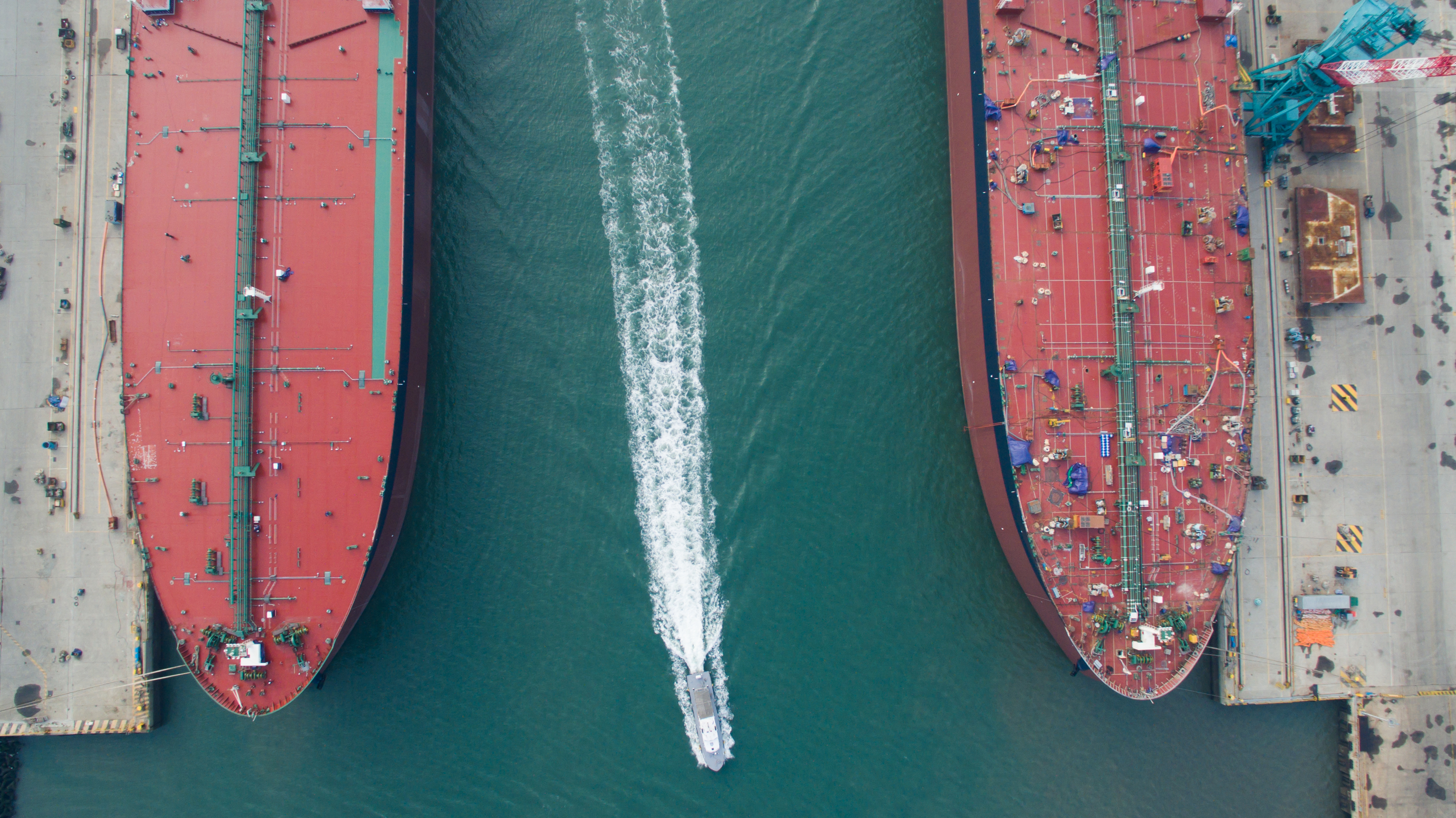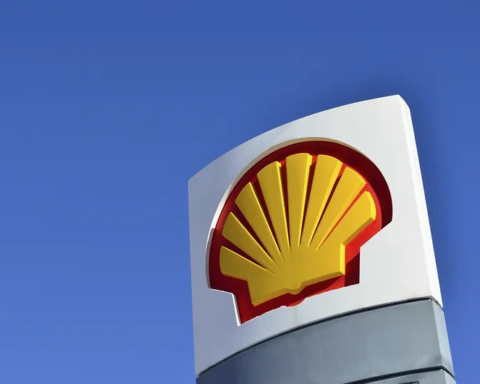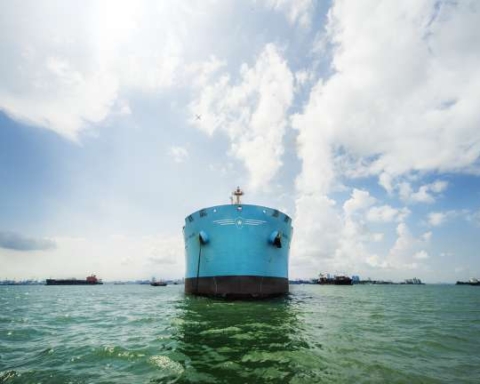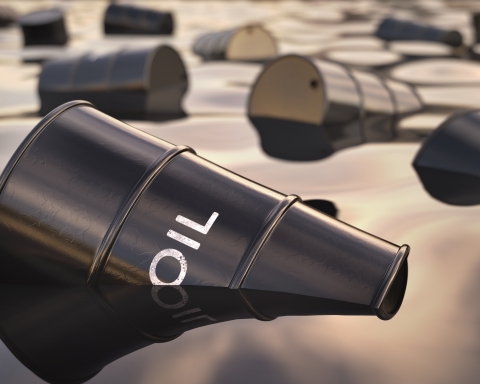233.4 million barrels of oil are currently stored at sea on board 191 tankers that have been standing idle for 20 days or more. This is 7% of the existing tanker fleet. Three months ago, before the pandemic broke out and countries began to adopt lockdown measures, only 2.9% of tanker vessels were used for this type of activity.
According to Lloyd’s Intelligence, Very Large Crude Carriers (VLCCs) are by far the most sought-after vessels for floating storage: 9.1% of the over 770 large tankers operating today are used as off-shore storage. Suemax (6.1% of the total) and Aframax (2.9%) follow.
During this tough economic period, floating storage has become, as is well known, a profitable business both for traders, who have been able to stockpile reserves of crude oil while waiting to sell it at higher prices on futures markets (Contango effect), and for shipowners in the sector, who have managed to earn huge amounts of money thanks to charter rates being clearly inflated by a real rush to charter vessels, when barrel prices were very low.
However, the race for storage could end very soon. According to the International Energy Agency (IEA) the oversupply of oil is in fact beginning to reverse the trend over the last few months: the backwardation effect is replacing the Contango one, with spot prices returning slightly higher than the future ones.
The production cuts agreed by OPEC (for 9.7 million barrels per day) are having a positive effect on the oil spot price, which is now on an upward trend. While the WTI price has strengthened beyond the $30 per barrel threshold, Brent has performed even better, surpassing over $36 per barrel.
Stockpiles have also started to decline, albeit modestly, estimated at 4.983 million barrels. However, this drop is significant and, combined with a gradual increase in demand, should be sufficient to restore balance in oil supply and erode the profit margins of many tanker owners.
“If we look at the futures of oil tankers’ freight rates, we notice that the third and fourth quarter rates are now down to the lowest levels of the last two years: operators expect, evidently, that the ships now held for storage will soon set out to sea again,” broker Ennio Palmesino comments .
“Although they are simple bets made by experts, futures indicate the sentiment of the market: the feeling is that the fleet put back into circulation again will largely be able to cope with the increase in demand. Once the emergency phase is over, global oil consumption is expected to return to pre-crisis levels of around 100 million barrels per day,” he concluded.
Translation by Giles Foster




